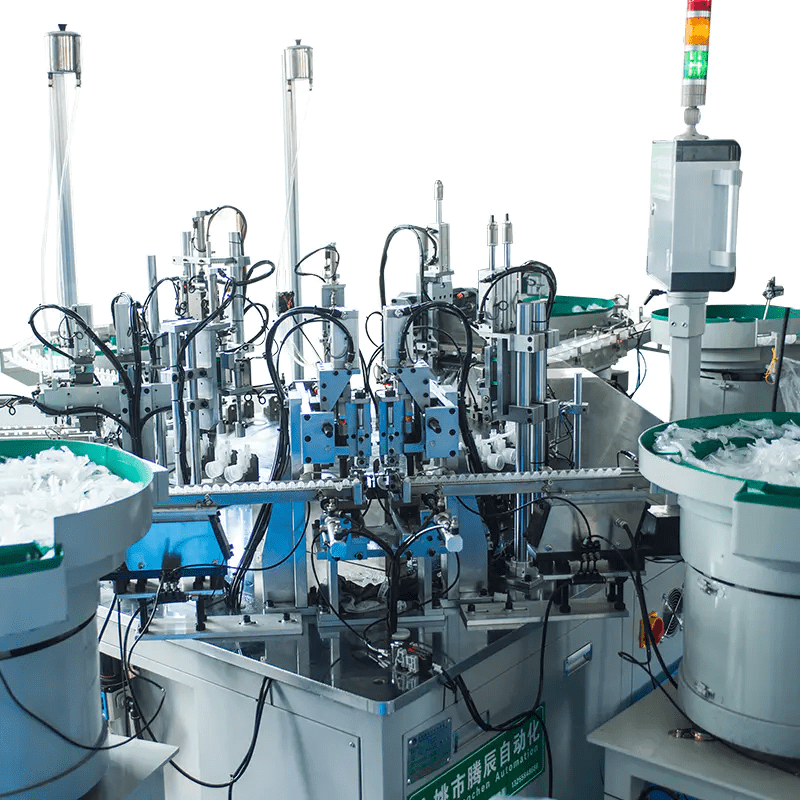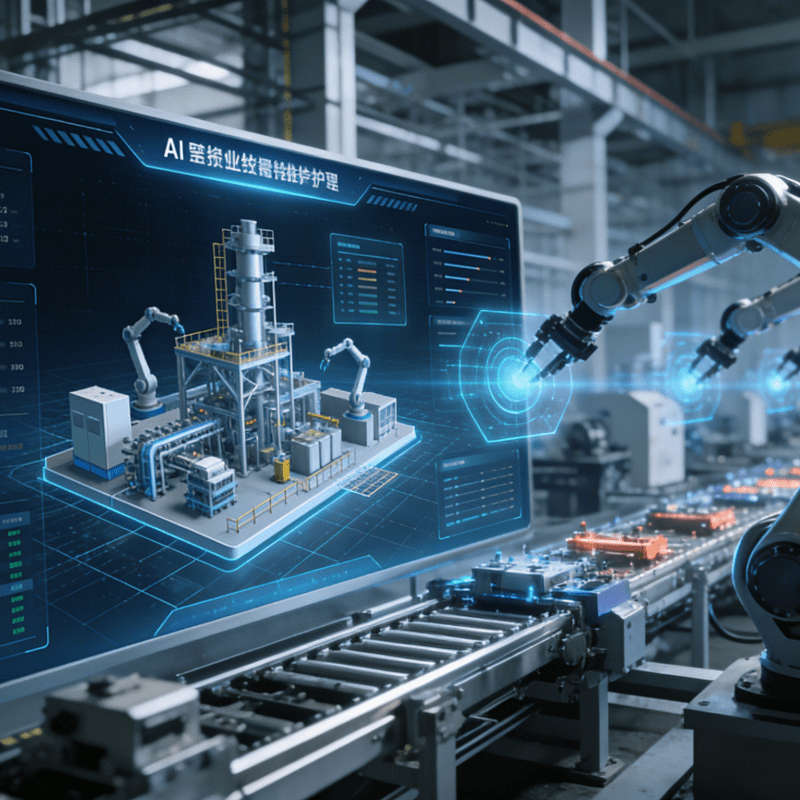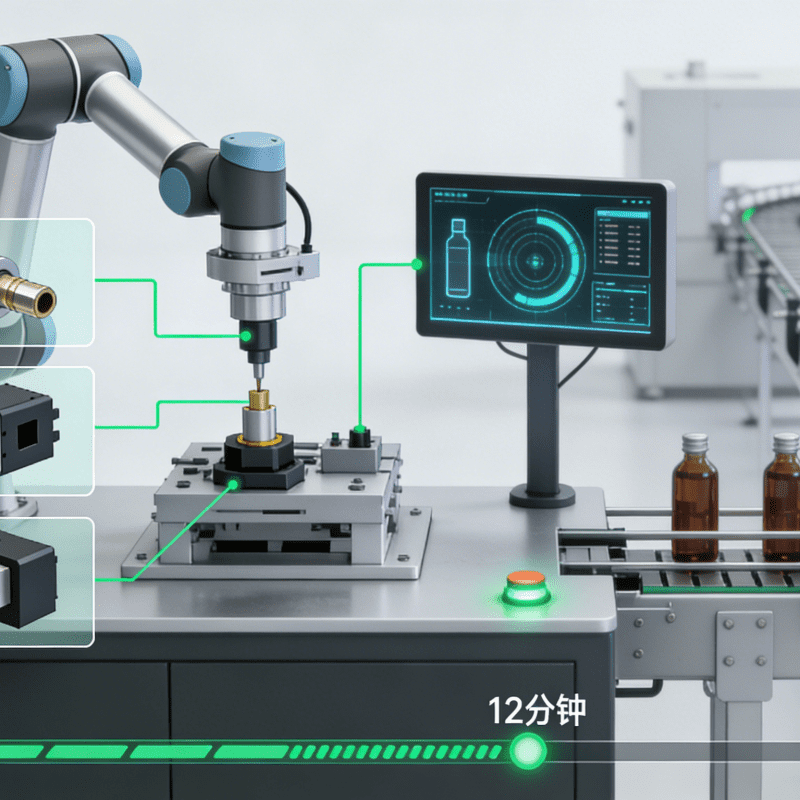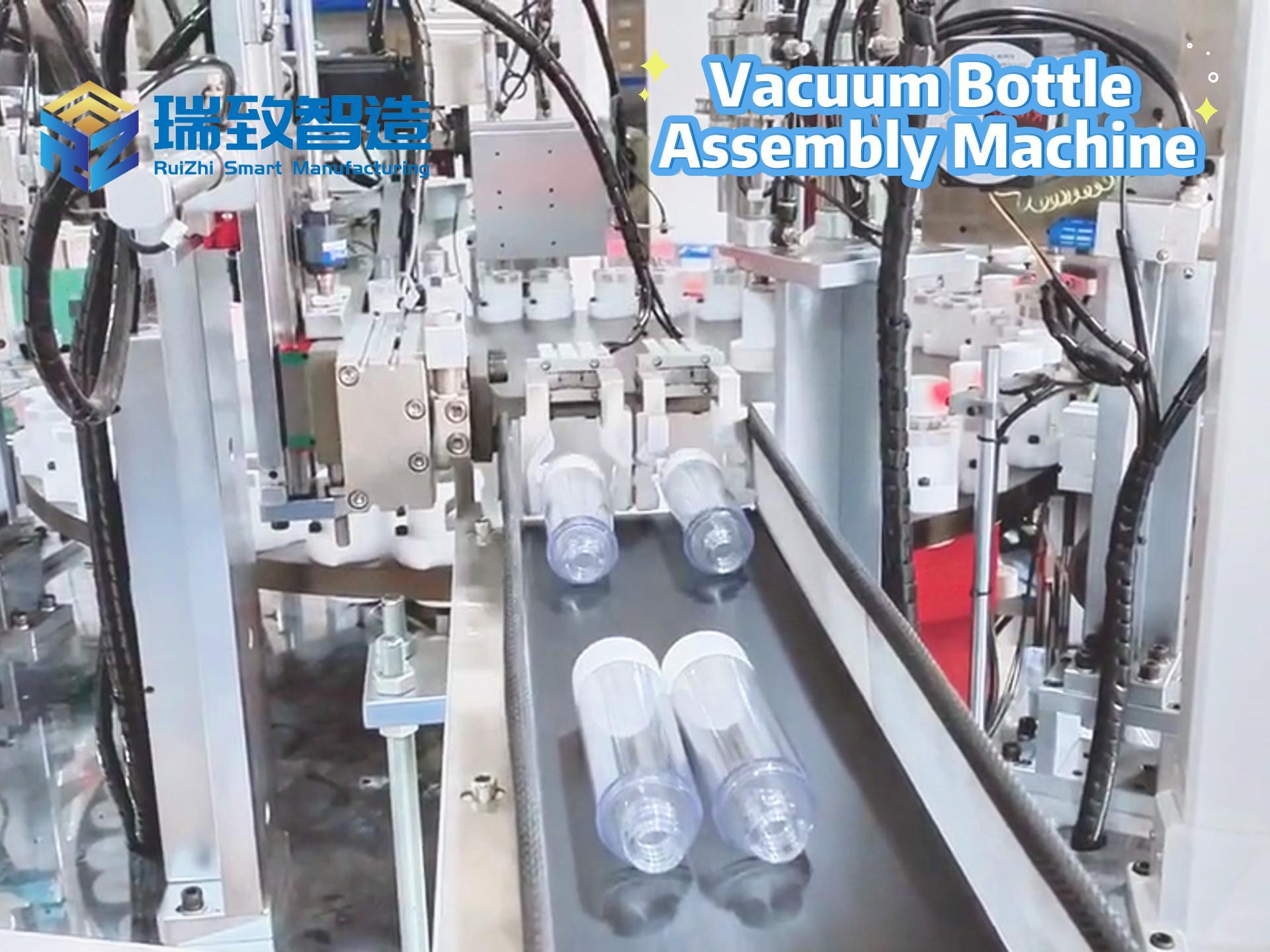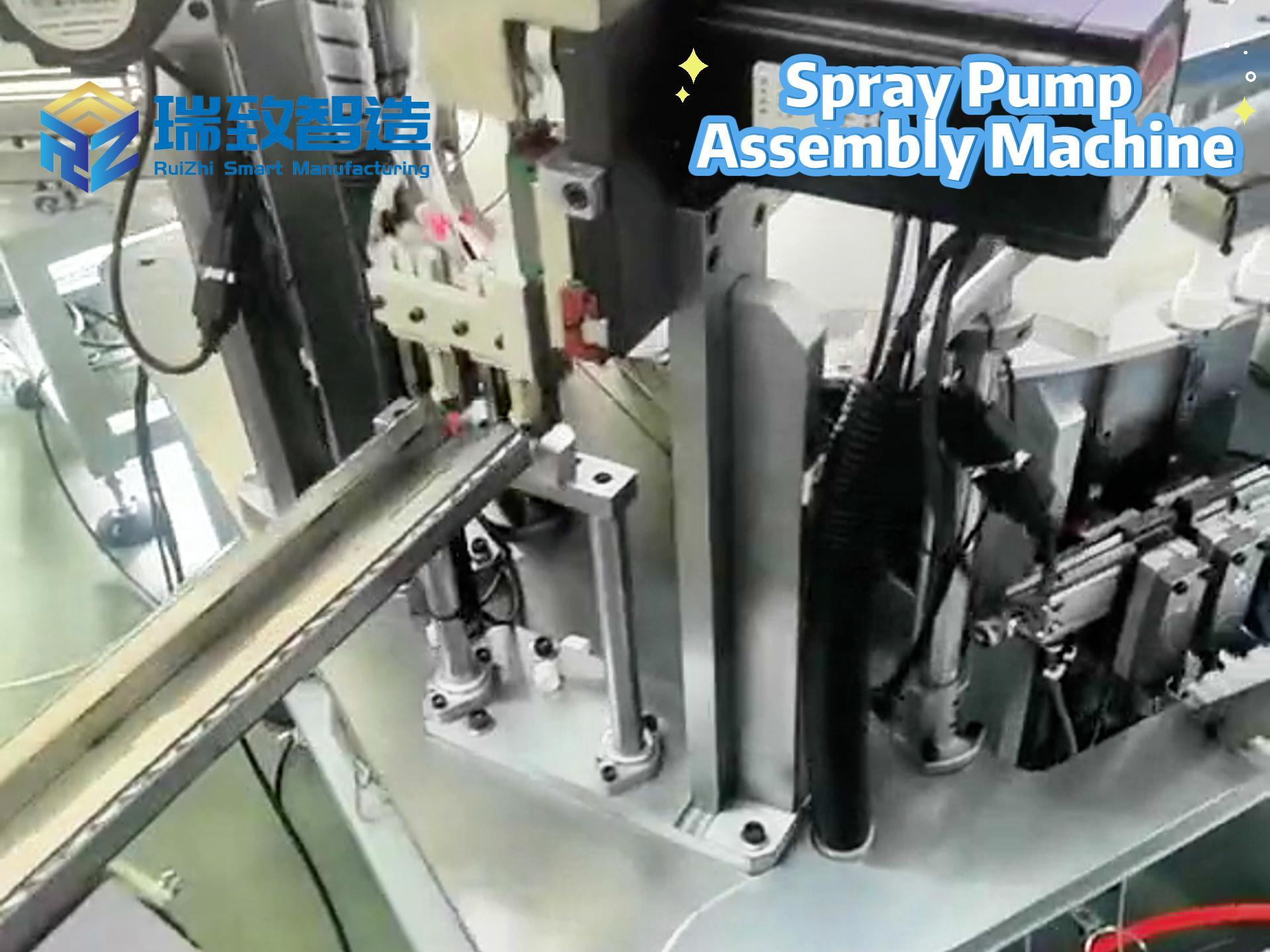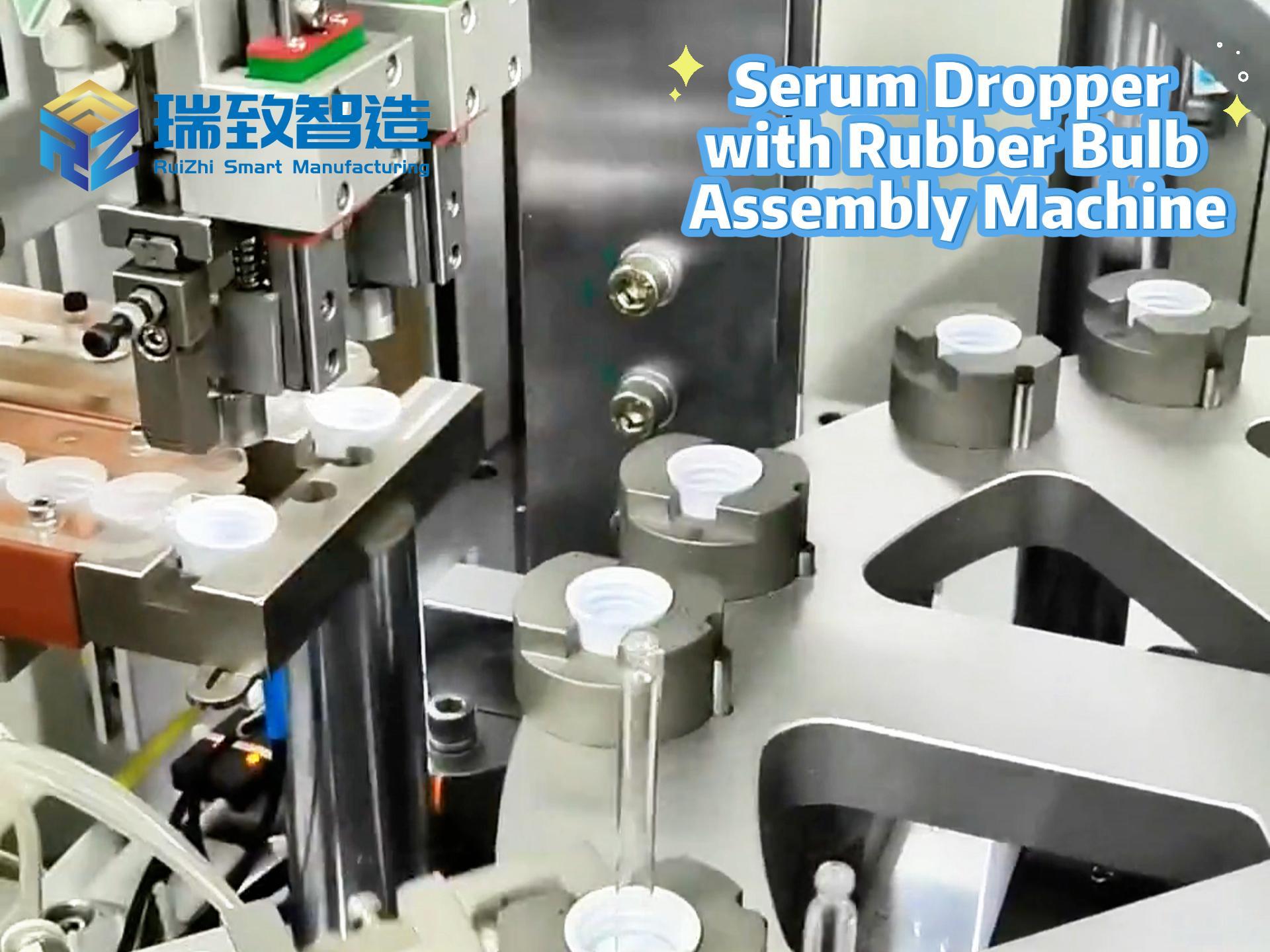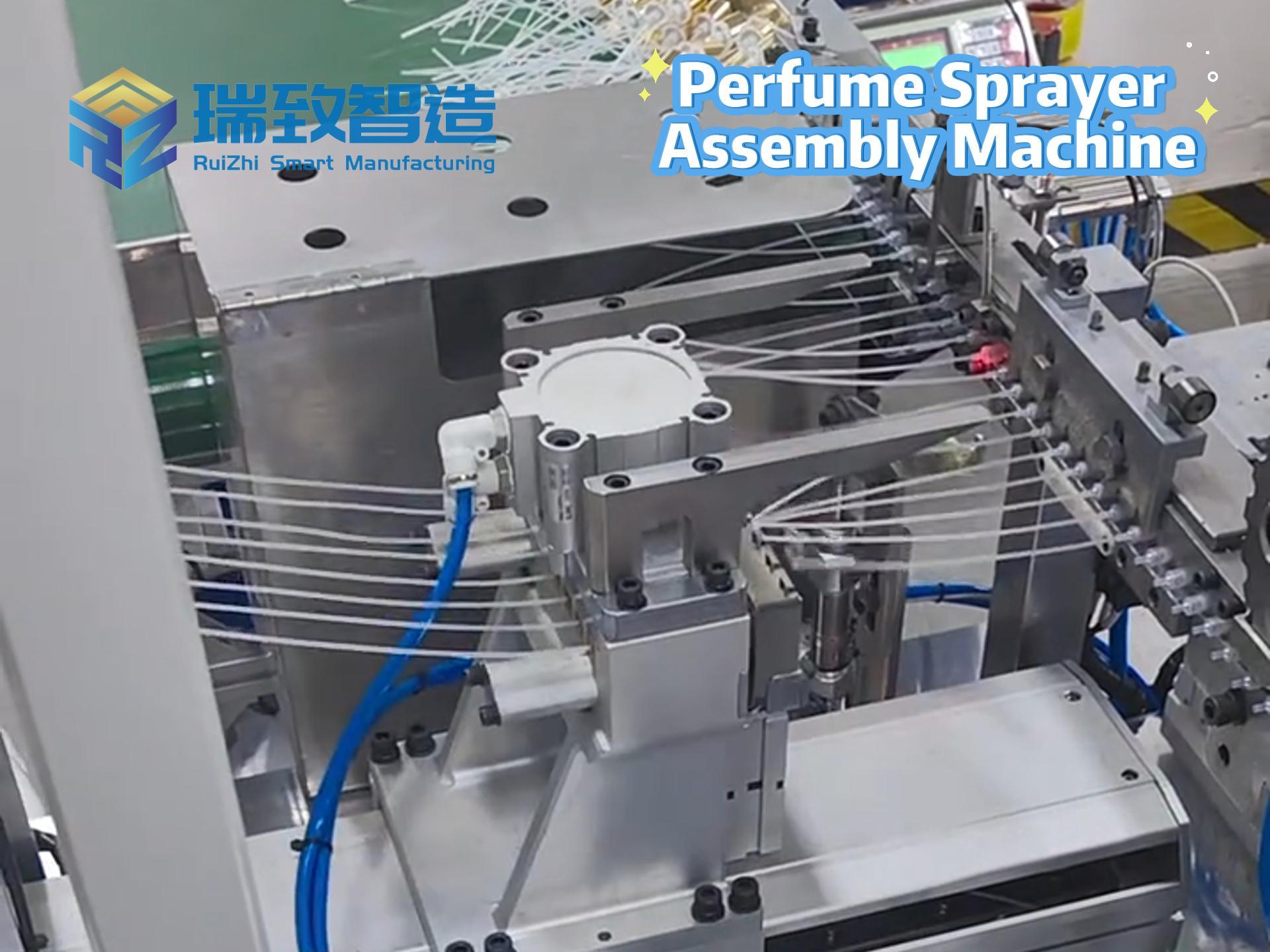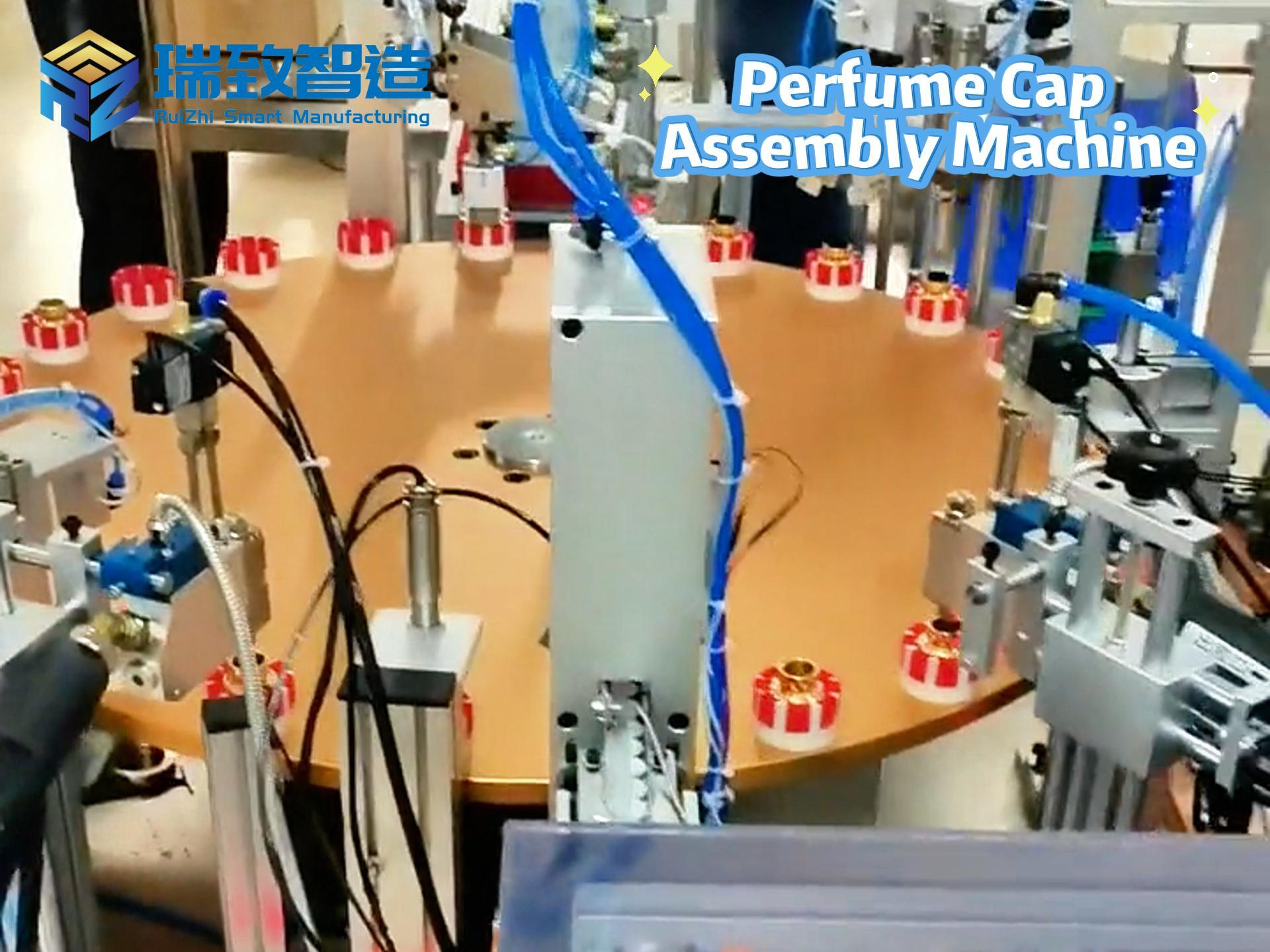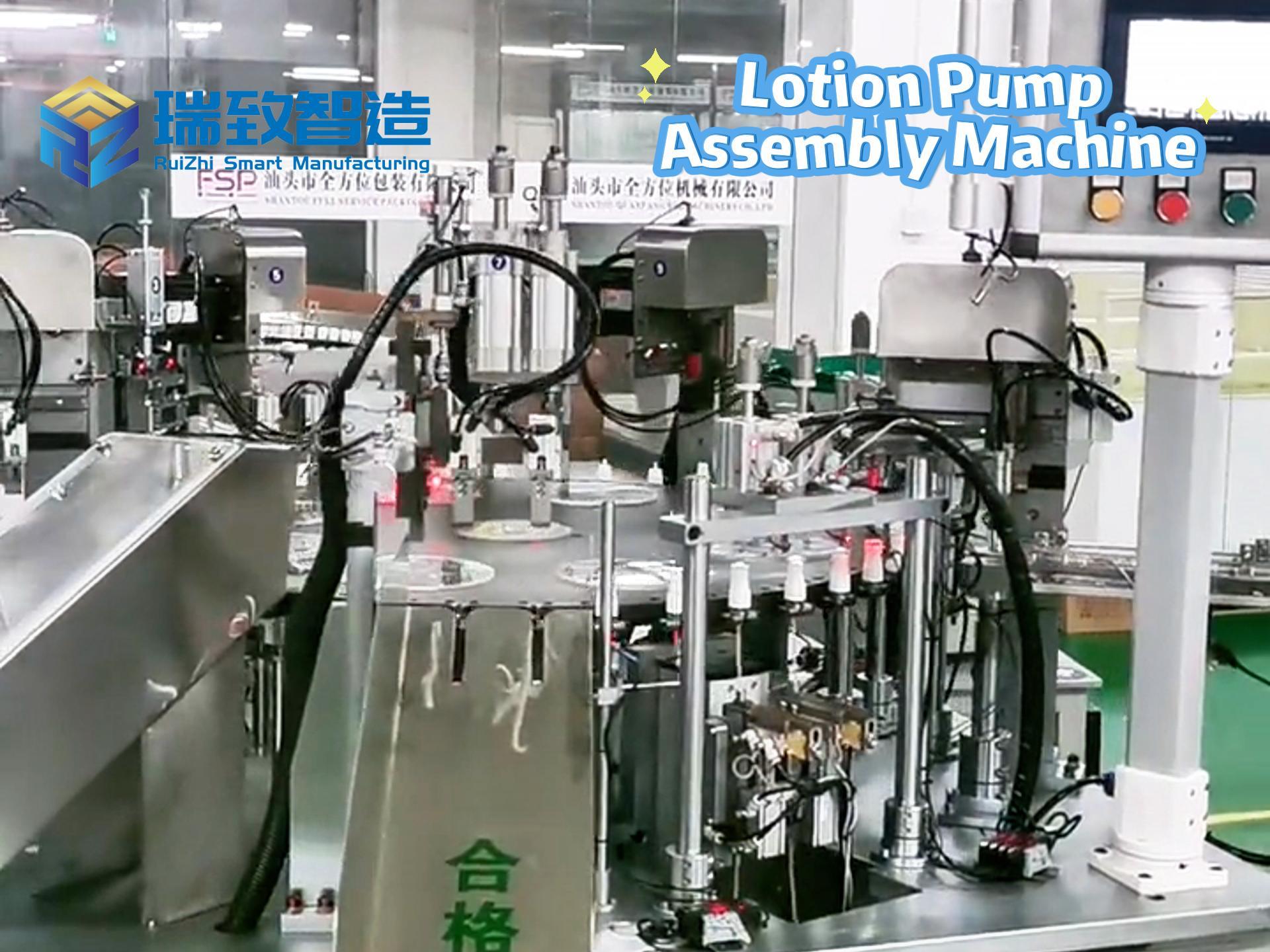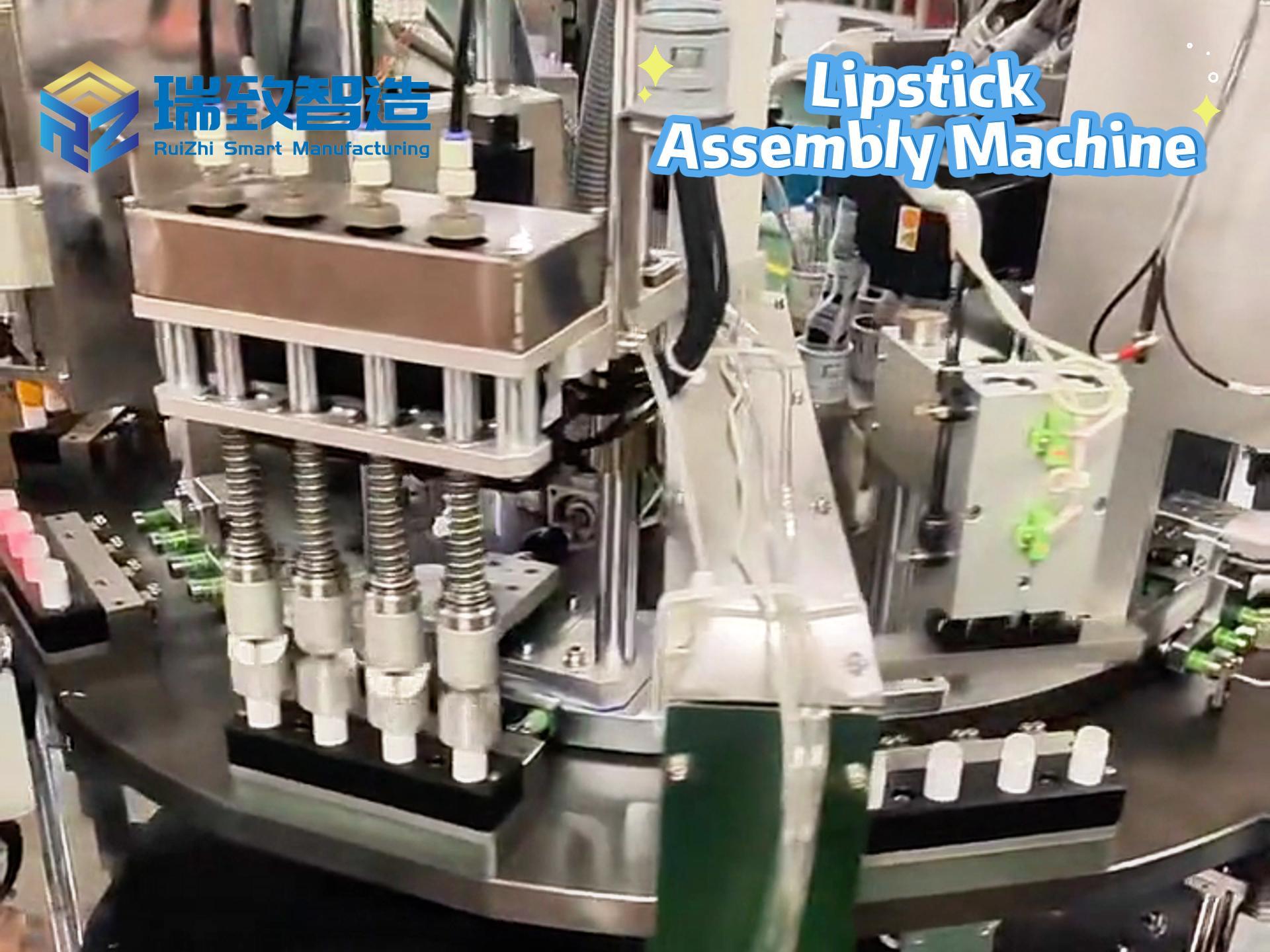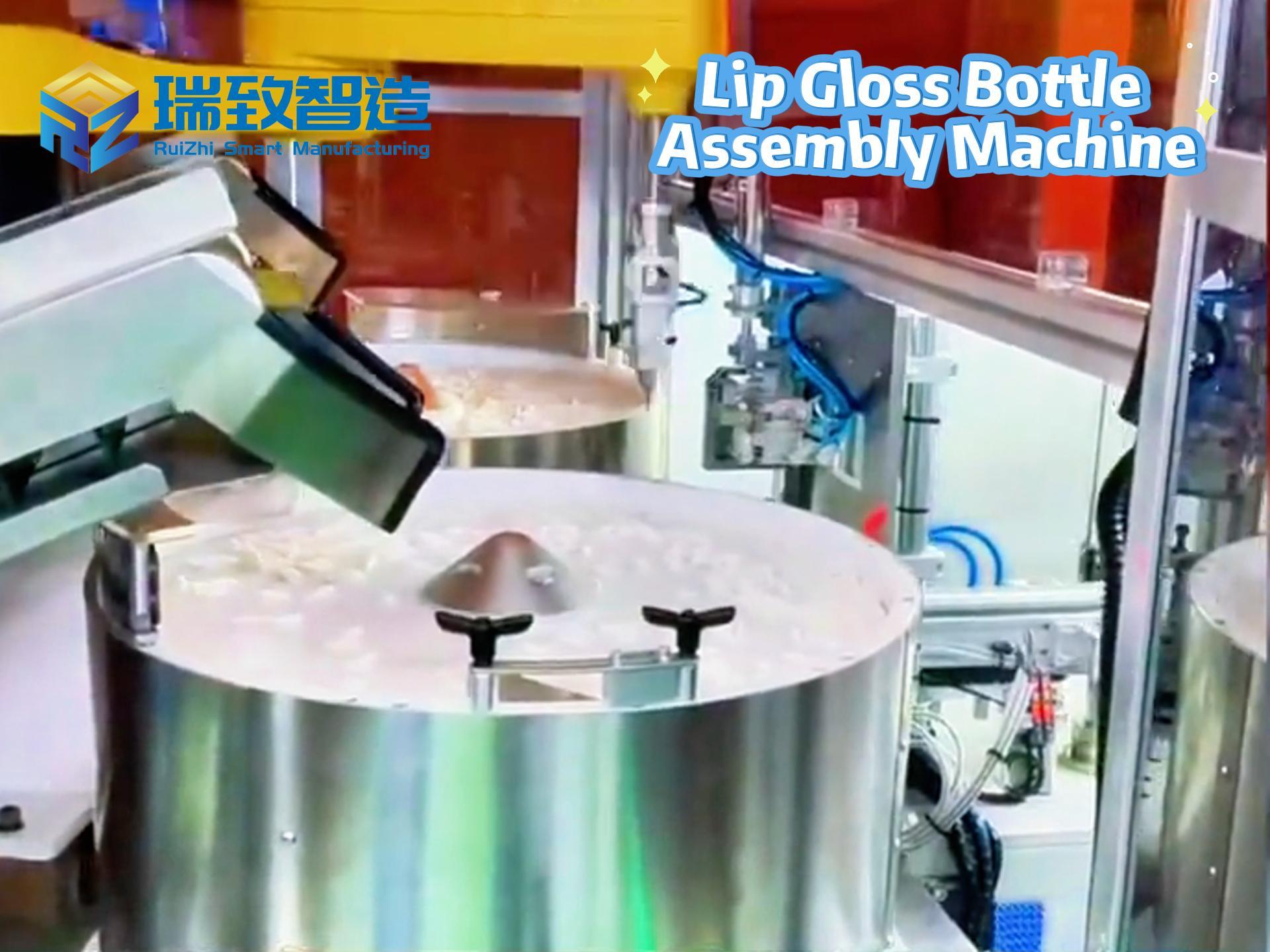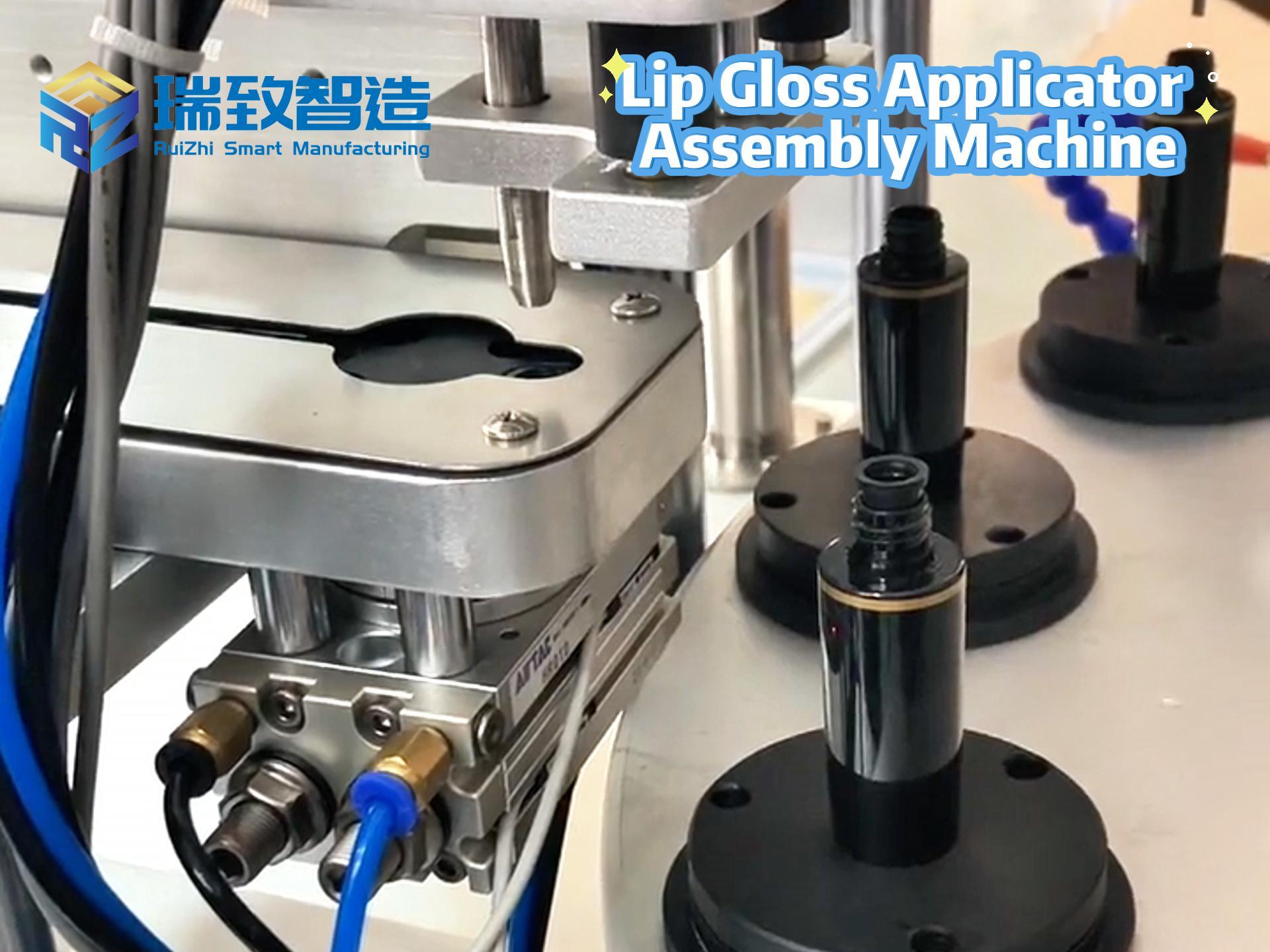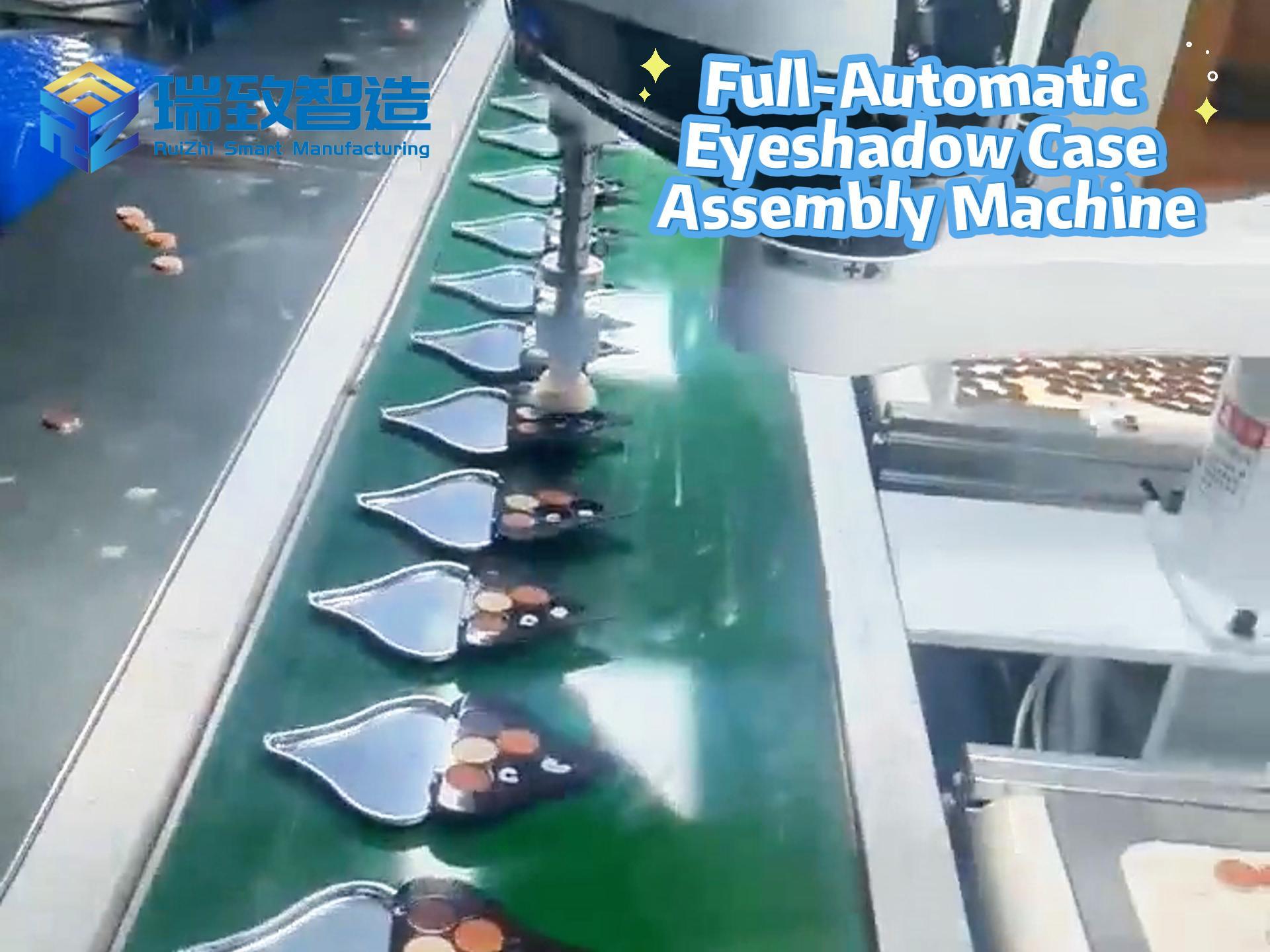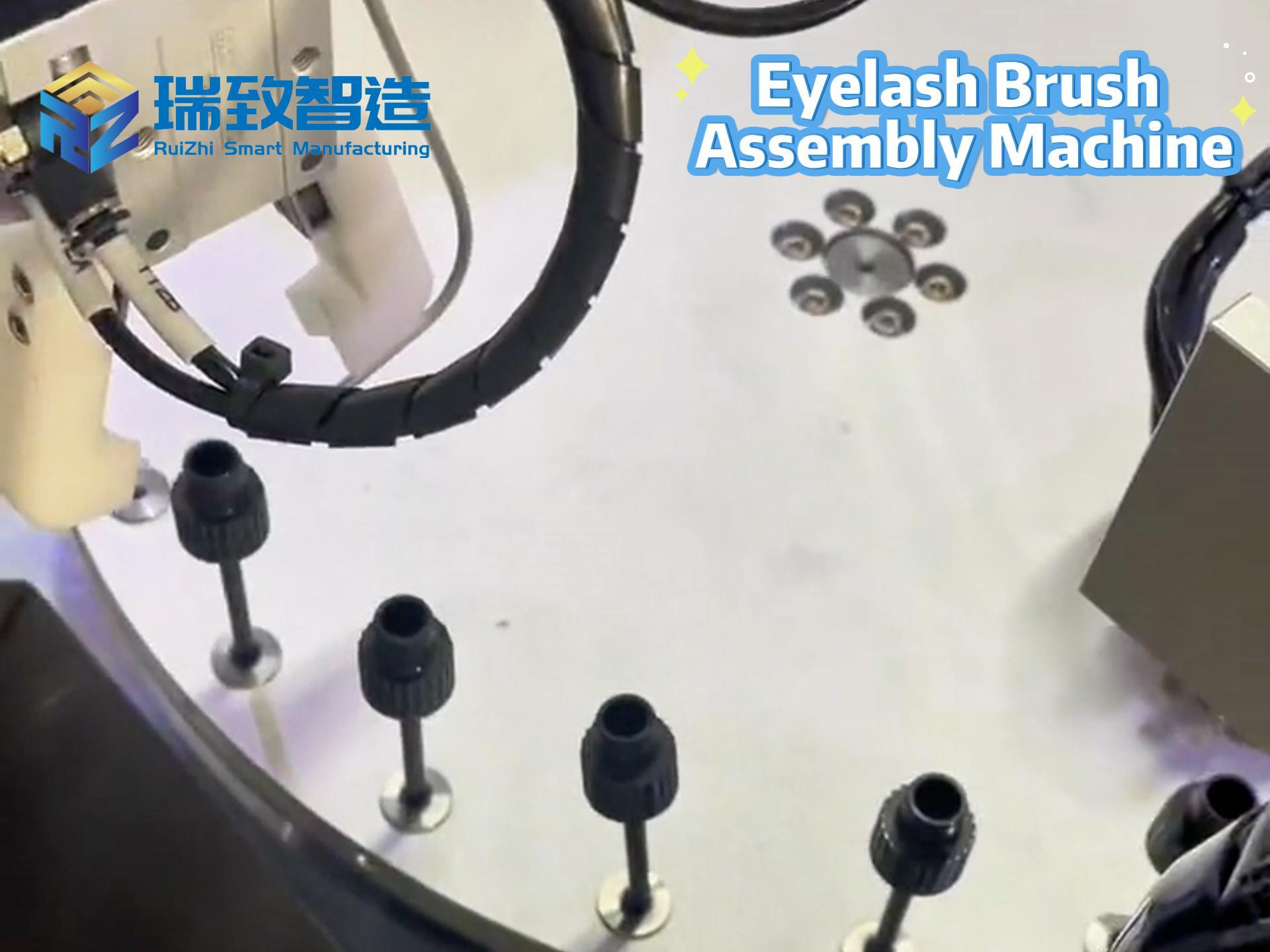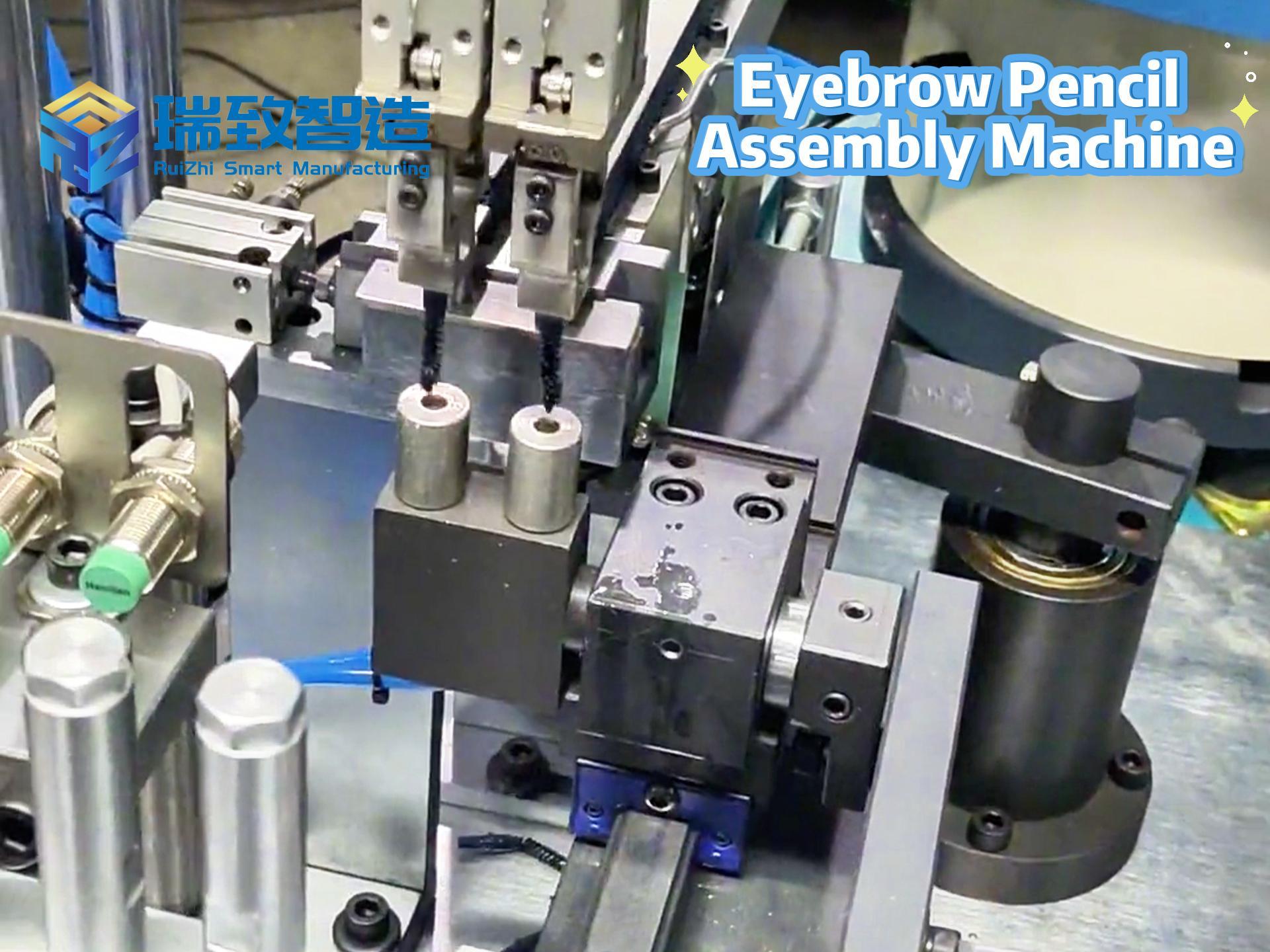Table of Contents
ToggleNon-standard Automation Equipment: The Breakthrough Code for Customized Production
—— In-depth Deconstruction from Requirement to Value
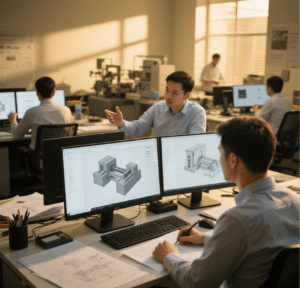
Introduction: When Standard Equipment Fails, How Does Non-standard Equipment Rescue the Situation?
In the workshop of a 3C OEM factory in Shenzhen, the production of a new folding-screen phone frame hit a deadlock: the surface contour tolerance was only ±0.03mm. Traditional standard punching machines couldn’t adapt to the complex curvature due to fixed molds, causing the yield rate to plummet to 78% and extending the order delivery cycle by 15 days. Eventually, a set of non-standard automatic punching lines broke the dilemma—through “flexible molds + visual guidance + servo pressure control”, the yield rate soared to 99.3%, and production capacity increased by 2.2 times. This case reflects the hidden pain point of industrial production: when standardization can’t match personalized needs, non-standard automation becomes the key to breaking the deadlock.
I. Standard vs. Non-standard: The Clear Divide in Industrial Equipment
1. Design Logic: Requirement-driven vs. Function-driven
- Standard Equipment: Focuses on “function reuse”, such as general conveyors (fixed conveying speed and path). R&D follows a “productization logic” to pursue mass production scale (annual sales of over 1,000 units for a single model).
- Non-standard Equipment: Reverse-engineered around the unique pain points of the client’s production line. For example, a “pole ear laser welding machine” customized for a new energy battery factory needs to be compatible with 18 types of pole ears and adapt to an oxygen-free welding environment. R&D follows a project-based logic, with each project being a “customized solution”.
2. R&D Cycle: 6 Months vs. 12-18 Months
Standard equipment only takes 6-8 months from design to mass production relying on a mature supply chain. In contrast, non-standard equipment goes through requirements research (7-15 days) → scheme design (20-30 days) → simulation verification (15-20 days) → prototype manufacturing (30-45 days) → on-site debugging (20-30 days), with a total cycle as long as 12-18 months—2-3 times that of standard equipment.
3. Cost Structure: Scale Amortization vs. Customized Premium
- Standard Equipment: In the cost per unit, materials account for 70%, and R&D amortization only 10% (due to mass production of 1,000 units).
- Non-standard Equipment: Materials account for 55%, while R&D + debugging costs account for 35% (customized design and exclusive supply chain), resulting in a unit price typically 2-5 times that of standard equipment (e.g., customized testing equipment costs 800,000 RMB vs. 300,000 RMB for standard testing machines).
II. Three Driving Engines of Non-standard Automation: Why the Explosion Now?
1. Transformation of Production Models: Small 批量,Multi-variety as the Mainstream
According to McKinsey research, the proportion of small-batch orders in discrete manufacturing reached 65% in 2025 (only 32% in 2015). Take the clothing industry as an example: the “customized T-shirt” production line of a fast-fashion brand needs to support orders starting from 100 pieces and delivery within 72 hours. The non-standard automatic cutting machine achieves pattern switching in 5 minutes and single-piece cutting in 20 seconds through “visual recognition + dynamic typesetting”, increasing traditional manual cutting efficiency by 8 times.
2. Breaking Physical Limits of Process Complexity
In the medical device field, the surface roughness of orthopedic implants (such as hip prostheses) needs to be ≤Ra0.8μm. Standard grinding machines can’t adapt to the dynamic tolerance of complex surfaces due to fixed grinding parameters. Non-standard grinding machines use five-axis linkage + online laser detection to adjust grinding pressure and path in real time, pushing the yield rate from 85% to 99.2% and shortening the processing cycle by 40%.
3. Cost Reduction and Efficiency Improvement: The “Forcing Effect” of Labor Costs
A hardware factory in the Pearl River Delta calculated that labor costs rise by 15% annually, with an annual labor expenditure of 1.2 million RMB for a single production line. After introducing non-standard automatic drilling and tapping machines, the labor ratio dropped from 60% to 12%, while the processing time per station was compressed from 28 seconds to 12 seconds, increasing production capacity by 133%. The equipment investment (800,000 RMB) can be recovered in 1.5 years, additionally creating an annual profit of 600,000 RMB.
III. The “Value Triangle” of Non-standard Equipment: Triple Breakthroughs in Efficiency, Flexibility, and Data-driven Capability
1. Efficiency Revolution: Disassembling Time Granularity
Take drilling for auto parts as an example:
- Traditional Model: Manual clamping (30s) → machine tool processing (20s) → manual unloading (20s), totaling 70s per piece.
- Non-standard Equipment: Multi-axis linkage (6 axes) + automatic tool changer (16 tools) + visual guidance clamping realizes fully automated “clamping-processing-unloading” in 12s per piece. The A* algorithm optimizes the processing path, reducing idle time by 35%.
2. Flexibility Breakthrough: From “One Machine, One Use” to “One Machine, Multiple Uses”
The non-standard material sorting line in the food packaging industry supports three sorting modes for “biscuits (round)-candies (heart-shaped)-nuts (irregular)” through modular fixtures + reconfigurable mechanical structures:
- One-click switching on the HMI interface reduces model change time from 2 hours to 15 minutes.
- The conveyor belt speed automatically matches material weight (3m/s for biscuits → 1.5m/s for nuts), and the sorting mechanism angle adjusts adaptively (30° for candies → 45° for nuts).
3. Data Empowerment: Making Equipment “Think”
A non-standard grinding machine in a bearing enterprise is equipped with IoT modules + edge computing, real-time collecting 12 data items such as vibration frequency (±0.1Hz), grinding temperature (±1℃), and spindle speed (±5rpm):
- Predictive maintenance via LSTM neural network models achieves 92% accuracy in bearing fault early warning.
- The equipment downtime rate drops from 30% to 10%, maintenance costs decrease by 67%, and annual maintenance expenses are reduced from 800,000 RMB to 260,000 RMB.
IV. Four Application Battlefields: “Key 攻坚” Domains of Non-standard Equipment
1. 3C Electronics: The Ultimate Game of Precision and Efficiency
- Camera Module Assembly: Integrates the entire process of plasma cleaning (impurity removal) → visual bonding (±0.01mm precision) → UV curing (constant temperature control) → automatic detection (99.9% defect recognition rate), increasing the yield rate from 92% to 99.5% and tripling production capacity.
- Flexible Screen Bending Test: Simulates 100,000 bending tests in an environment of -20℃~60℃. Non-standard equipment reduces the test cycle from 72 hours to 12 hours through multi-station parallel processing + real-time stress monitoring, simultaneously generating correlation data on “bending life-stress distribution”.
2. New Energy: The “Vanguard” of Technological Iteration
- Lithium Battery Pole Piece Lamination: Facing an alignment tolerance of ±0.02mm, non-standard equipment achieves a lamination speed from 15 pieces/minute to 25 pieces/minute with a yield rate of 99.8% through binocular vision positioning (error ≤0.005mm) + servo correction (response time ≤20ms).
- Photovoltaic Wafer Sorting: Compatible with multiple specifications (166/182/210mm), it improves sorting efficiency by 40% and reduces misjudgment rate to ≤0.1% through multi-dimensional detection including spectral analysis (thickness ±1μm), infrared imaging (hidden crack detection), and resistivity testing.
3. Medical Devices: Dual Challenges of Compliance and Precision
- Syringe Piston Assembly: Constructs a sterile isolation chamber (ISO 5 cleanliness) + visual inspection (piston installation angle ±0.5°) + force-controlled pressing (pressure ±0.1N) system to eliminate contamination risks, achieving 100% assembly yield.
- Orthopedic Implant Grinding: A five-axis 联动 machining center with online coordinate measurement (precision ±0.005mm) realizes a closed loop of “processing-inspection-correction”, stabilizing surface roughness within Ra0.8μm to meet implantation standards.
4. Smart Home: Balancing Customization and Scalability
- Smart Lock Detection Line: Simultaneously verifies lock core life (100,000 tests), fingerprint recognition (2,000 sample groups), Bluetooth connection (packet loss rate ≤1%), and battery life (simulating 30-day standby). Multi-station parallel testing reduces the detection time per lock from 20 minutes to 5 minutes, automatically generating digital reports.
- Custom Furniture Drilling and Tapping: Through laser profile scanning (recognizing board dimensions ±1mm) + AI hole position planning (adapting to over 100 design schemes), model change time is ≤10 minutes, hole position precision is ±0.1mm, supporting full-category processing of “cabinets-wardrobes-desks”.
V. Future Evolution: Three Trends of Non-standard Automation
1. Modular Design: From “Customization” to “Rapid Assembly”
Decompose equipment into standardized modules such as “vision unit (Hikvision MV-CA050 camera, 5MP) + motion unit (Panasonic A6 servo, ±0.001mm precision) + control unit (Siemens S7-1500 PLC)”, achieving plug-and-play via EtherCAT bus:
- A new energy enterprise reduced the R&D cycle of “pole piece detection equipment” from 12 months to 6 months and cut costs by 35% through modular combination.
2. Deep Integration of AI: Enabling Equipment to “Learn Independently”
Optimize process paths using deep learning (ResNet-50 model, over 100,000 training data):
- In complex surface grinding scenarios, AI-planned paths shorten processing time by 20% and improve surface roughness by 15% compared to manual programming.
- Deploy inference models at the edge to achieve real-time trajectory correction (response time ≤50ms), reducing dependence on engineer experience.
3. Full Life Cycle Service: From “Selling Equipment” to “Selling Capability”
Suppliers no longer just deliver hardware but provide end-to-end services including “remote monitoring + preventive maintenance + process upgrading + spare parts management”:
- Charging an annual fee of 15% of the equipment value (e.g., 120,000 RMB for an 800,000 RMB device), enterprises save 130,000 RMB annually compared to the traditional “breakdown maintenance” model (average annual maintenance cost of 250,000 RMB).
- A bearing enterprise reduced sudden equipment downtime by 30% through such services, with process optimization increasing the yield rate by 3.2%.
VI. R&D Pain Points and Selection Traps: “Reef Areas” of Non-standard Equipment
1. Three R&D Challenges
- Requirement Distortion: Vague customer requirements (e.g., “improve efficiency” without clear indicators) lead to repeated design modifications. In one project, insufficient requirement communication extended the R&D cycle by 3 months and exceeded costs by 20%.
- Supply Chain Bottleneck: The procurement cycle for customized components (such as special material robotic arms) is as long as 12 weeks, accounting for 30% of the project cycle.
- Debugging Dilemma: On-site debugging relies on engineer experience. One non-standard equipment took 45 days for debugging, accounting for 40% of the total cycle—far exceeding expectations.
2. Four Key Questions for Enterprise Selection
- ROI Calculation: Equipment investment of 800,000 RMB, labor savings of 600,000 RMB/year + production capacity gain of 400,000 RMB/year, payback period of only 8 months? Verify data authenticity.
- Stability Test: Has it undergone 1,000 hours of continuous operation testing? Does the yield rate fluctuation ≤1%?
- Supplier Capability: Industry experience (≥5 years more reliable), case library scale (≥100 projects more experienced), after-sales response time (≤4 hours).
- Scalability Reservation: Does the equipment reserve IO interfaces and computing power redundancy to adapt to future product iterations (e.g., whether 3C equipment supports next-generation model upgrades).
Conclusion: Non-standard automation is not an “exception” in industrial production but the “norm” in the personalized era. Its value lies not only in a single device but in reconstructing the full-chain logic of “requirement-design-production-service”—when every enterprise pursues “differentiated competitiveness”, non-standard automation is the key to opening the door of customized production, leading industrial manufacturing from “one size fits all” to “thousands of faces for thousands of people”.
(Next Preview: “The Complete R&D Process of Non-standard Automation Equipment: 18 Key Nodes from Requirement Decomposition to Delivery Acceptance”, revealing how non-standard equipment bridges the gap between ‘customization’ and ‘industrialization’ for efficient implementation.)
“Epson four-axis robot” “epson robot” “epson robot singapore”

